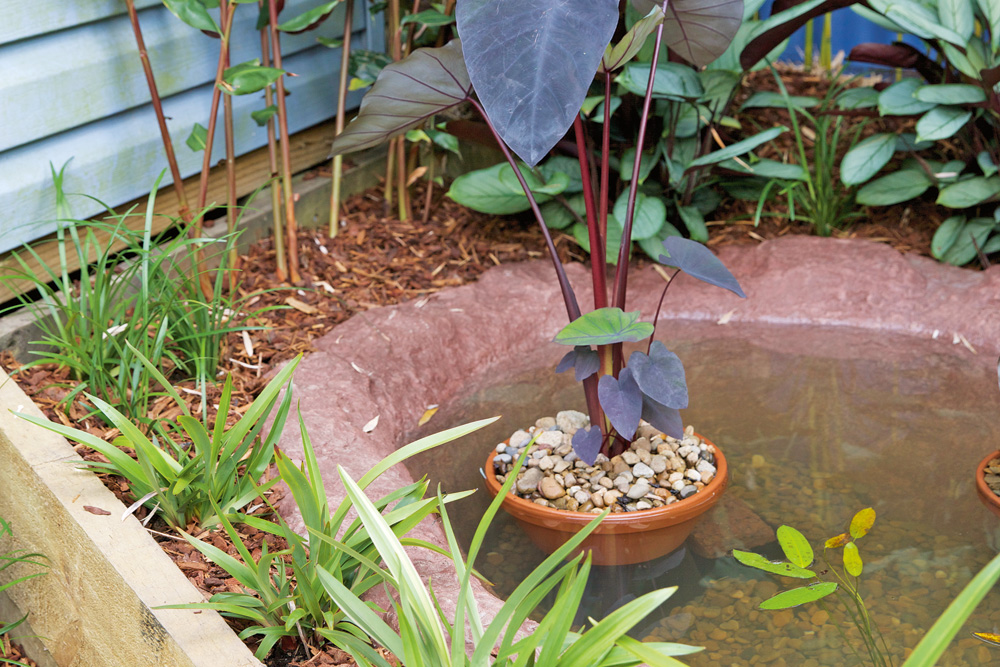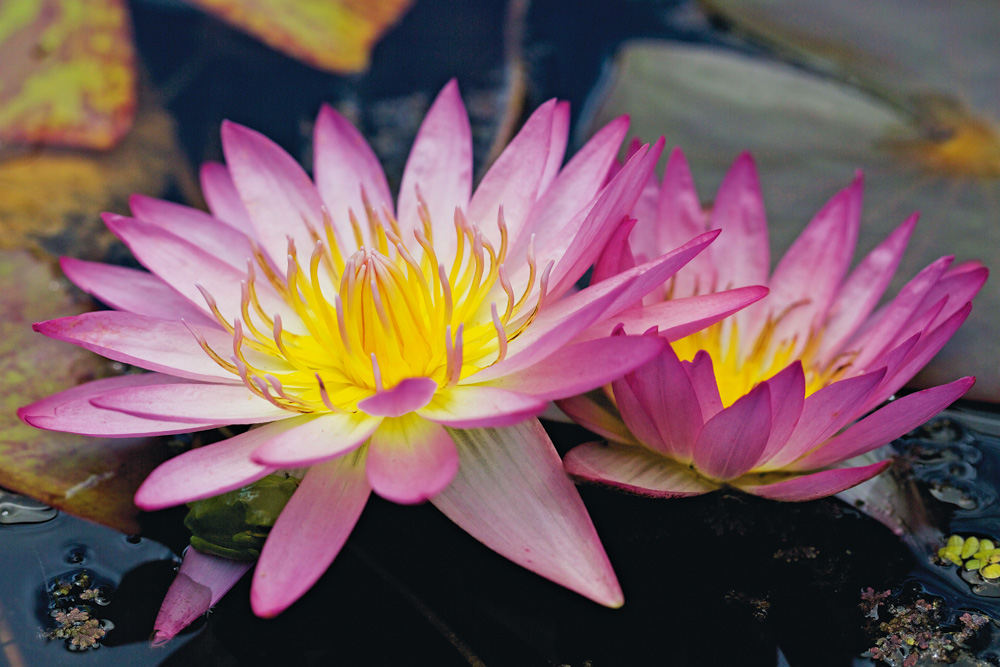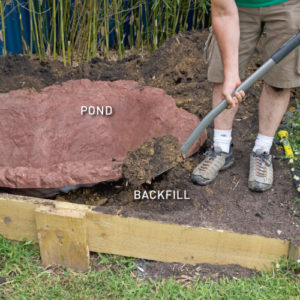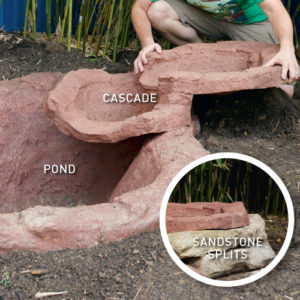Establish A Rock Pool

A landscape of any size can benefit from a water feature, whether it’s a fountain in a courtyard or a garden pond.
Water brings a tranquil element to a yard, with its soothing sounds and the beauty of light reflecting on the surface. It also provides an environment for growing a wide range of interesting plants.
The sound of running water is also useful to help mask the hum of traffic from a busy road or other urban noise.
A pond deeper than 300mm may need to be fenced off, so check the regulations in your state.
Pick the site
There are many options for adding a water feature but the simplest way to install a pond is to buy a preformed shell off the shelf, then add a cascade or waterspout and a pump.
Choose a spot in the garden that gets direct sunlight for about half of the day in the warmer months.
Ensure at least one side has easy access for maintenance and that you can reach all areas of garden around the pond once it’s installed.
Dig a hole for the shell, calling 1100 or visiting 1100.com.au first to check for underground utilities.
Add the filter and pump then drop the hose into the pond and start filling. As the water rises, add any extras like stepping stones and plants around the pond before mulching all exposed soil.
Add pond plants
Pond plants can be divided into two main groups of aquatic and marginal.
Aquatics such as waterlilies need to have their roots well below the water surface, while marginals live in shallow water or on the pond edges.
For this project, two familiar garden plants were used to give the pond a lush look instantly.
Instead of aquatic plants, Colocasia‘Black Magic’, a type of elephant ear, was potted up and put in the water, and canna lilies planted pond-side.
You can use regular potting mix and a terracotta pot. Just repeatedly water the plant before putting it in the pond until the water coming from the drainage holes runs clear.
Cover the potting mix with pebbles to stop it floating away then position the pot in the pond.
TIP Fish are a fantastic pond addition as they eat mosquito larvae but to attract frogs avoid goldfish or koi and instead select smaller native species.

Pond-side greenery and a potted plant give the rock pool an established look. Image: Thinkstock
Waterlilies
A well-balanced pond can become a wonderful habitat zone for wildlife.
Aquatic plants such as waterlilies help to keep water healthy and add a natural look to any pond.
They need a position that gets at least half a day of sun in order to flower and, as they are a true aquatic plant, waterlilies require a minimum of 300mm of water above their roots.

Aquatic plants such as waterlilies help to keep water healthy and add a natural look to any pond
Using pebbles
To give aquatic plants a place to take root, add a layer of pebbles at least 30mm deep to the base of a preformed pond shell.
The pebbles also allow the pond to develop a more natural microflora and microfauna ecosystem and over time work as a natural biofilter, helping to keep the water clear and healthy.
Use washed river pebbles and rinse well before adding them to the pond, or using them to contain the potting mix in potted plants.
Install the pond








